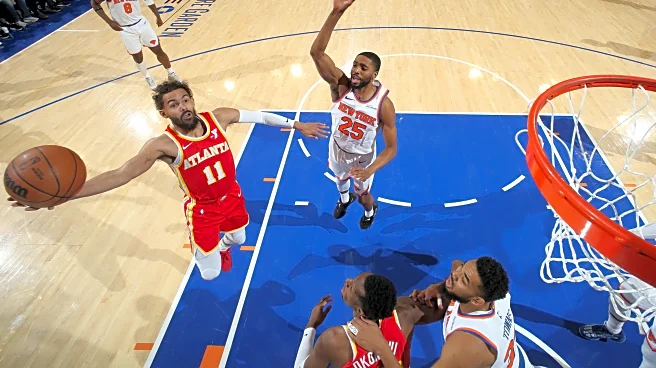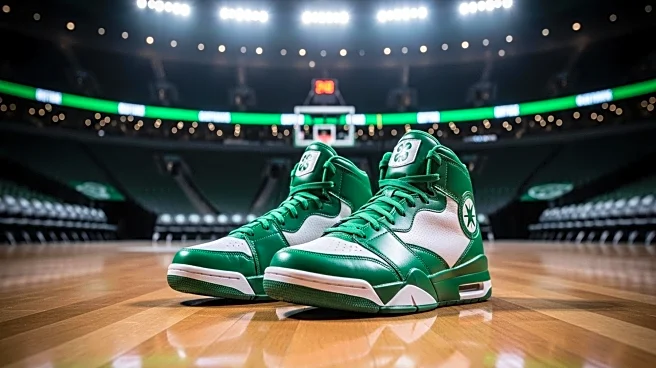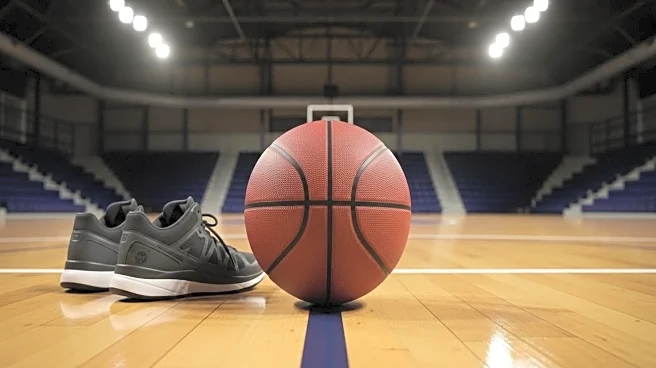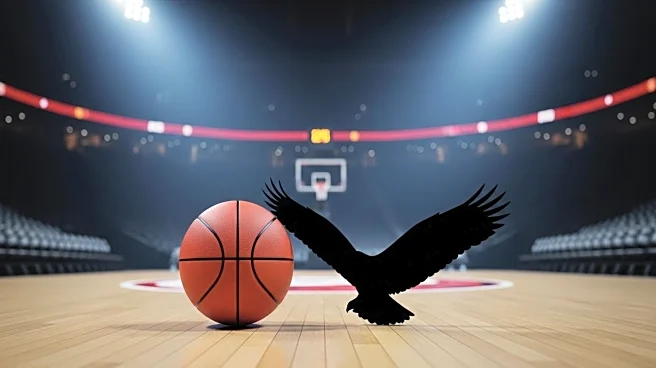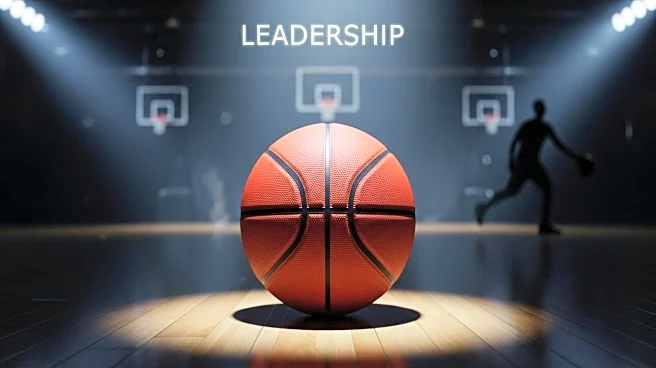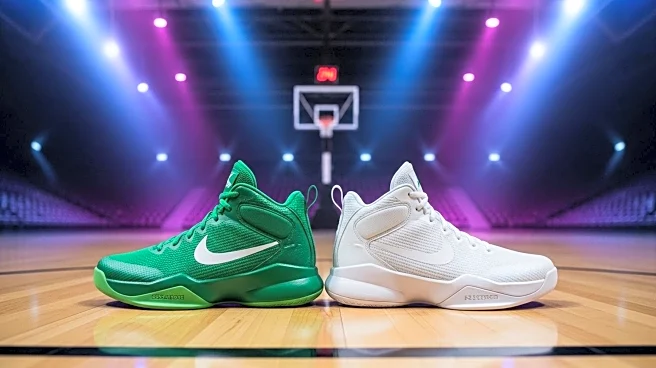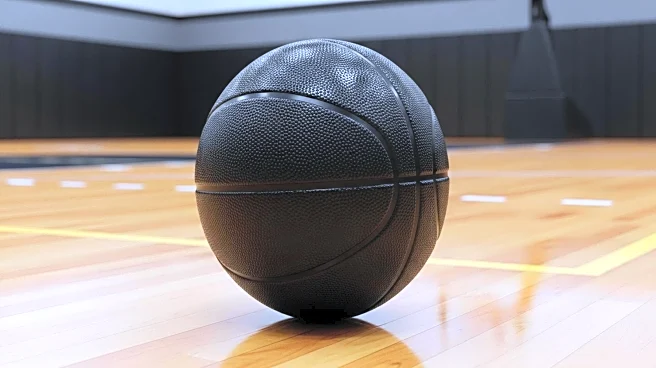What's Happening?
Jalen Johnson, a key player for the Atlanta Hawks, has fully recovered from a torn labrum in his left shoulder, according to Hawks general manager Onsi Saleh. Johnson sustained the injury on January 29, which caused him to miss the remainder of the 2024-25 NBA season. Prior to his injury, Johnson was experiencing a breakout season, averaging 18.9 points, 10.0 rebounds, 5.0 assists, 1.6 steals, 1.2 three-pointers, and 1.0 blocks per game. With his return to full health, Johnson is expected to be a significant offensive contributor alongside Trae Young in the 2025-26 season, despite the team's recent acquisition of Kristaps Porzingis.
Why It's Important?
Johnson's return is crucial for the Atlanta Hawks as they aim to strengthen their offensive lineup for the upcoming NBA season. His previous performance indicates his potential to be a major asset, contributing significantly to the team's scoring and defensive capabilities. The Hawks, identified as a potential sleeper team in the NBA Southeast Division, will benefit from Johnson's versatility and skill set, which could enhance their competitiveness in the league. His recovery and readiness for training camp are positive indicators for the team's prospects.
What's Next?
With Johnson's return, the Hawks will focus on integrating him back into the team dynamics during training camp. The collaboration between Johnson, Trae Young, and Kristaps Porzingis will be pivotal in shaping the team's strategy and performance. The Hawks will likely monitor Johnson's health closely to ensure he remains fit throughout the season. As the team prepares for the 2025-26 season, their performance in training camp will be crucial in setting the tone for their competitive edge in the league.
Beyond the Headlines
Johnson's recovery not only impacts the Hawks' immediate season prospects but also highlights the importance of player health management in professional sports. The team's ability to support Johnson's rehabilitation and reintegration into active play reflects broader trends in sports medicine and athlete care. This development may influence how teams approach injury management and player recovery in the future, emphasizing the need for comprehensive health strategies.

